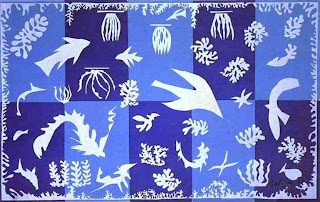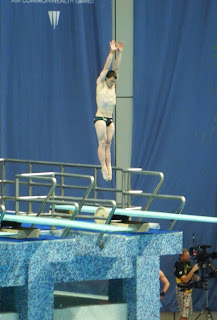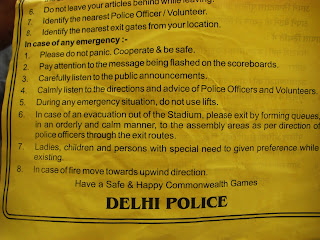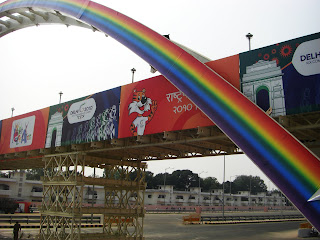Did you know VanGogh drank himself to death?
 Actually, there are a number of theories on what drove him over the edge. And by "edge", I'm talking about a serious drop-off into the deep end--I mean, who cuts off his own ear and then paints a picture of himself all bandaged up?
Actually, there are a number of theories on what drove him over the edge. And by "edge", I'm talking about a serious drop-off into the deep end--I mean, who cuts off his own ear and then paints a picture of himself all bandaged up? But did you know he was also a preacher for a time? And maybe the lack of care for the poor around him, for whom he was so compassionate, is what drove him mad.
Or maybe it was the paint he wouldn't stop eating.
Theories, all of them.
And color theory is what we talked about today. VanGogh was a color genius.
T
 oday I avoided telling children that VanGogh was a drunken kook, and we focused on the product of his pain--beautiful paintings.
oday I avoided telling children that VanGogh was a drunken kook, and we focused on the product of his pain--beautiful paintings.Pain inspires art.
Beauty inspires art.
 And for us today: art inspires art.
And for us today: art inspires art.This is some of what VanGogh's still life paintings of flowers in vases inspired in my students...
...flowers with smiles...
 ...vases with faces...
...vases with faces......analogous color schemes...
...and even a triadic harmony.
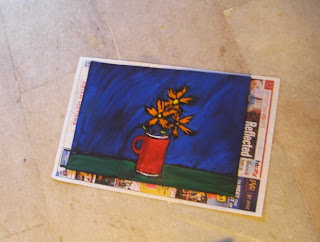 I may have gone a little deeper into the fascinating topic of color theory than I intended for my young audience--but, hey, it's really interesting stuff!
I may have gone a little deeper into the fascinating topic of color theory than I intended for my young audience--but, hey, it's really interesting stuff!And I think they got it. It showed up in their work, anyway.
I love it when they leave saying to each other, "That was fun."
And to me: "Thanks! Thanks
 for teaching us, it was fun."
for teaching us, it was fun."Thing is, they really mean it.
Art inspires happiness, too.
